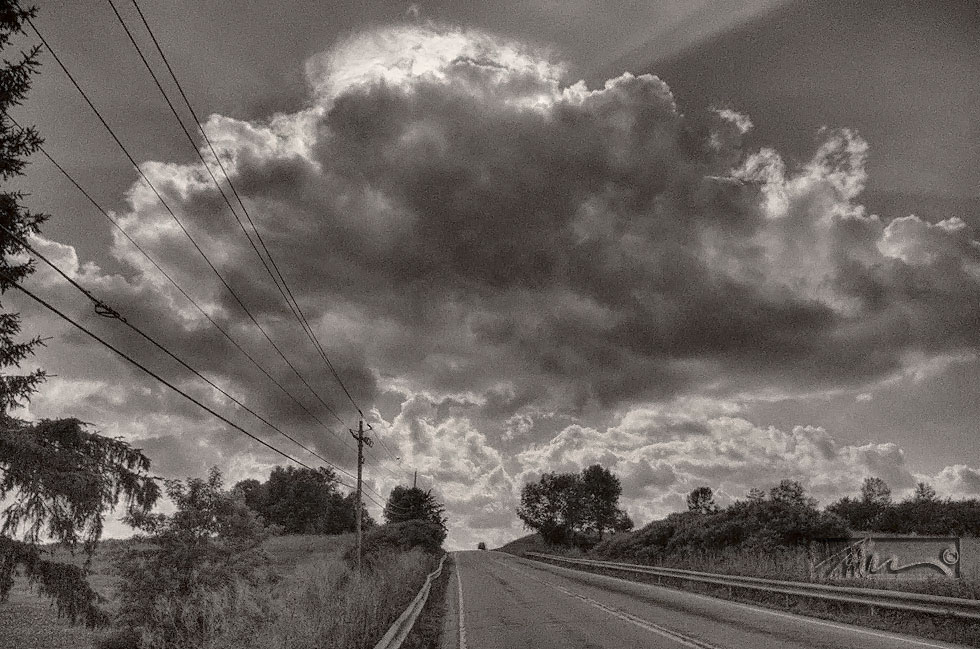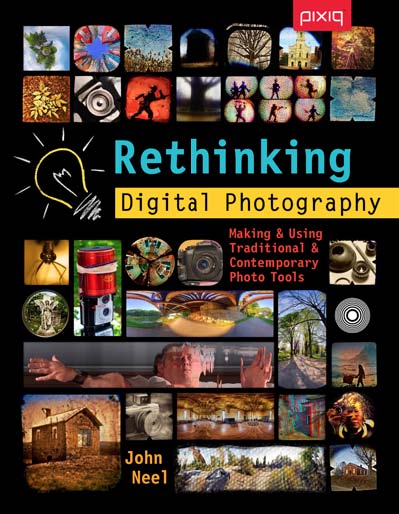Ever wonder how to make a perfect Ansel Adams or perhaps a perfect Weston?
Elliot Porter is a good one too. Then there is Callahan and Friedlander or perhaps Winogrand? How about an Atget or a Dorothea Lange? The list goes on and on. It will always go on and on as long as all you are doing is emulating their work.
While it might be good to think like the masters we admire, it just might be best if we learned from their vision and created something new and hopefully unique.
The idea is not to recreate any of the images that came before us. They already exist. They hold their place in history as the portrayal of how those particular photographers saw the world. They are not you and you are not them. You’ll never be. Nobody will replace the vision of anyone else. It is foolish to try to do so.
By all means, one should pay attention to their works. You should learn as much as possible from what they show us and grasp what they are saying.
Following their lead is good to a point. Emulating their style may be alright to do. But simply recreating their vision is what you should avoid. As with language, the world doesn’t need the same messages uttered repeatedly.
You have your own way of seeing and your own way of working. Just take what you learn from the works that you love and make your own statements.
The artists you love can help you with your style and perhaps provide some clues to how you might perceive the world. But ultimately, it is you that the world needs to know. It is your own vision that tells us what you think and who you are. It is important to see with your own eyes and to speak in your own voice.
The act of making a photograph is an act of speech. It is a way to express what we see and what is important about it. It is a way to have a conversation with yourself, your audience and the world. In many ways, the images we admire are simply notes taken from our observation of the world we live in. They are you questioning the world and appreciating (interpreting) what it has to say.
All of those great photographers are great because they revealed the worlds they saw. Not by copying what others have already done, but by showing us things only they could see. It should be their story and theirs alone.
You have your own story that you can tell. It is a story waiting for you to express in your own voice and in your own way. It takes time and practice and the right frame of mind. But that is a goal that can lead to seeing and ultimately to understanding. It is a type of enlightenment that you find by searching. It is something you discover for yourself and then than share with your audience.
All you have to do is stay true to your subjects by staying true to your vision. Your vision is what you learn from those who came before. They are the ones whom you have connected. They are the sparks that got you going. Learn from them. Honor them for what they can teach you. Not by what you can steal from their works.
Learn to see your own world. Learn to express it in your own way. It will mean a lot more to us. The goal is to show something new or at least show us a new angle on that we already understand. Illumination comes from practice. It comes from looking at the works of others to see how they see the world. it is a matter of forming your own language from which to express your own voice.
As long as your work speaks to the mind and the heart and as long as you are seeing what is worthy of light, photography can be your path to illumination.
Learn to see the light for yourself. It is what all the greatest photographers always do and always have.
I cover many photographic topics and techniques in my book. – Great Photography book for any creative Photographer.
Please have a look at some of my other posts here.
NOTICE of Copyright: THIS POSTING AS WELL AS ALL PHOTOGRAPHS, GALLERY IMAGES, AND ILLUSTRATIONS ARE COPYRIGHT © JOHN NEEL AND ARE NOT TO BE USED FOR ANY PURPOSE WITHOUT WRITTEN CONSENT FROM THE WRITER, THE PHOTOGRAPHER AND/OR lensgarden.com. THE IDEAS EXPRESSED ARE THE PROPERTY OF THE PHOTOGRAPHER AND THE AUTHOR.





